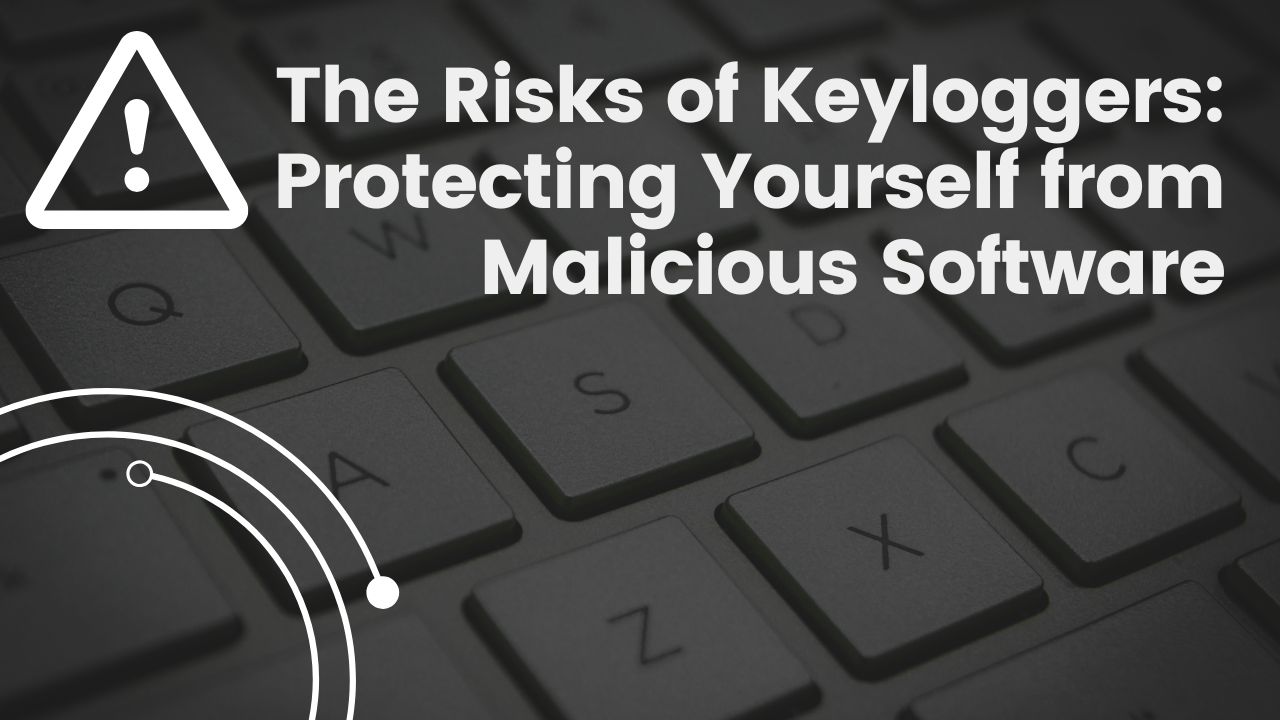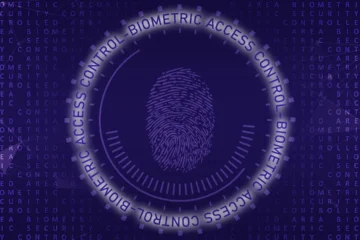Keyloggers are a type of malicious software that record every keystroke made on a computer or mobile device. They are often used by cybercriminals to steal personal information, login credentials, and other sensitive data. Keyloggers can be installed on a device through various methods such as phishing email, infected USB drives, or through security vulnerabilities in outdated software.
The purpose of keyloggers is to monitor and record the user’s activities without their knowledge or consent, which can have severe consequences for an individual or a business.
In this article, we will explore the risks of keyloggers, how they are spread, and the best ways to protect yourself from these malicious software.
Table of Contents
The Risks of Keyloggers
The Risks of Keyloggers are numerous and can have severe consequences for both individuals and businesses. One of the main risks is the theft of personal information such as login credentials, credit card information, and other sensitive data.
Keyloggers can also be used to steal corporate data, leading to financial loss and damage to the company’s reputation. Keyloggers can also be used to monitor and track a person’s online activities, potentially leading to identity theft and blackmail.
Additionally, keyloggers can be used to spread other types of malware, creating a domino effect of cyber-attacks and further compromising the security of a device or network. Overall, keyloggers pose a significant threat to personal and business security, making it essential to be aware of the risks and take steps to protect yourself.
How Keyloggers are Spread
Keyloggers can be spread through various methods, some of the most common ways are:
- Phishing Emails: Keyloggers can be attached to malicious email attachments or links in an attempt to trick the user into downloading and installing them on their device.
- Malicious Websites: Visiting a compromised website can lead to the downloading and installation of keyloggers on a user’s device.
- Infected USB Drives: Keyloggers can be spread through the use of infected USB drives, which can install the software on a device when plugged in.
- Outdated Software: Keyloggers can exploit security vulnerabilities in outdated software to gain access to a device.
- Remote Access: Cybercriminals can also use remote access tools to install keyloggers on a device without the user’s knowledge or consent.
- Social engineering: Some keyloggers are made to look like a legitimate software and use social engineering tactics to trick the user into downloading and installing the keylogger.
It is important to be aware of these methods and take steps to protect yourself by keeping your software and operating system up-to-date, using anti-virus and anti-malware software, and being cautious when clicking on links or downloading files from unknown sources.
Protecting Yourself from Keyloggers
There are several steps you can take to protect yourself from keyloggers:
- Keep your software and operating system up-to-date: Regularly updating your software and operating system can help prevent vulnerabilities that keyloggers can exploit.
- Use anti-virus and anti-malware software: Installing and regularly updating anti-virus and anti-malware software can help protect your device from keyloggers and other malicious software.
- Be cautious when clicking on links or downloading files from unknown sources: Avoid clicking on links or downloading files from unknown sources, as they may contain keyloggers or other malicious software.
- Use a virtual keyboard: When entering sensitive information, such as login credentials or credit card information, use a virtual keyboard to avoid keyloggers from capturing your keystrokes.
- Use a Firewall: A firewall can prevent keyloggers from communicating with the command and control server and sending the stolen data.
- Use encryption: Encrypting your files and communication can prevent keyloggers from stealing or reading your sensitive information.
- Be vigilant: Keep an eye out for suspicious activity on your device, such as slow performance or unexpected pop-ups, which may indicate the presence of a keylogger.
- Be aware of your surroundings: Be cautious of cybercrime activities such as shoulder surfing and skimming, which can also lead to the installation of keyloggers on your device.
It’s important to note that keyloggers are constantly evolving and new methods of delivery are being developed, so it is essential to stay informed and updated on the latest protection techniques.
Conclusion
In conclusion, keyloggers are a serious threat to personal and business security, and it is essential to be aware of the risks and take steps to protect yourself. Keyloggers can be spread through various methods such as phishing emails, malicious websites, and infected USB drives, and can have severe consequences for individuals and businesses.
To protect yourself, it is important to keep your software and operating system up-to-date, use anti-virus and anti-malware software, be cautious when clicking on links or downloading files from unknown sources, use a virtual keyboard, use a firewall and encryption, and be vigilant for suspicious activity on your device.
It is also important to stay informed and updated on the latest protection techniques as keyloggers are constantly evolving. By being aware of the risks and taking steps to protect yourself, you can reduce the chances of falling victim to a keylogger attack.



